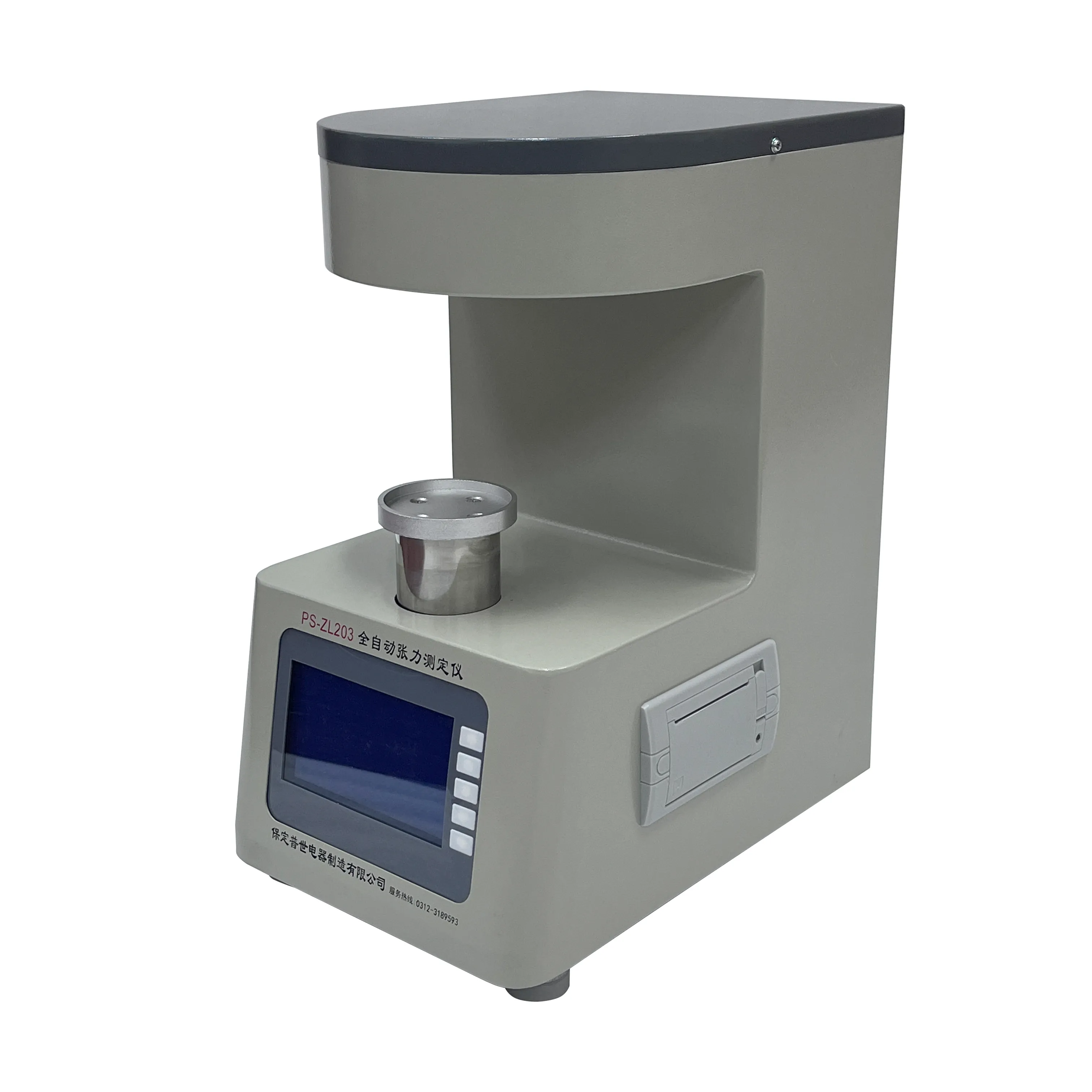 English
English



-
 Afrikaans
Afrikaans -
 Albanian
Albanian -
 Amharic
Amharic -
 Arabic
Arabic -
 Armenian
Armenian -
 Azerbaijani
Azerbaijani -
 Basque
Basque -
 Belarusian
Belarusian -
 Bengali
Bengali -
 Bosnian
Bosnian -
 Bulgarian
Bulgarian -
 Catalan
Catalan -
 Cebuano
Cebuano -
 China
China -
 China (Taiwan)
China (Taiwan) -
 Corsican
Corsican -
 Croatian
Croatian -
 Czech
Czech -
 Danish
Danish -
 Dutch
Dutch -
 English
English -
 Esperanto
Esperanto -
 Estonian
Estonian -
 Finnish
Finnish -
 French
French -
 Frisian
Frisian -
 Galician
Galician -
 Georgian
Georgian -
 German
German -
 Greek
Greek -
 Gujarati
Gujarati -
 Haitian Creole
Haitian Creole -
 hausa
hausa -
 hawaiian
hawaiian -
 Hebrew
Hebrew -
 Hindi
Hindi -
 Miao
Miao -
 Hungarian
Hungarian -
 Icelandic
Icelandic -
 igbo
igbo -
 Indonesian
Indonesian -
 irish
irish -
 Italian
Italian -
 Japanese
Japanese -
 Javanese
Javanese -
 Kannada
Kannada -
 kazakh
kazakh -
 Khmer
Khmer -
 Rwandese
Rwandese -
 Korean
Korean -
 Kurdish
Kurdish -
 Kyrgyz
Kyrgyz -
 Lao
Lao -
 Latin
Latin -
 Latvian
Latvian -
 Lithuanian
Lithuanian -
 Luxembourgish
Luxembourgish -
 Macedonian
Macedonian -
 Malgashi
Malgashi -
 Malay
Malay -
 Malayalam
Malayalam -
 Maltese
Maltese -
 Maori
Maori -
 Marathi
Marathi -
 Mongolian
Mongolian -
 Myanmar
Myanmar -
 Nepali
Nepali -
 Norwegian
Norwegian -
 Norwegian
Norwegian -
 Occitan
Occitan -
 Pashto
Pashto -
 Persian
Persian -
 Polish
Polish -
 Portuguese
Portuguese -
 Punjabi
Punjabi -
 Romanian
Romanian -
 Russian
Russian -
 Samoan
Samoan -
 Scottish Gaelic
Scottish Gaelic -
 Serbian
Serbian -
 Sesotho
Sesotho -
 Shona
Shona -
 Sindhi
Sindhi -
 Sinhala
Sinhala -
 Slovak
Slovak -
 Slovenian
Slovenian -
 Somali
Somali -
 Spanish
Spanish -
 Sundanese
Sundanese -
 Swahili
Swahili -
 Swedish
Swedish -
 Tagalog
Tagalog -
 Tajik
Tajik -
 Tamil
Tamil -
 Tatar
Tatar -
 Telugu
Telugu -
 Thai
Thai -
 Turkish
Turkish -
 Turkmen
Turkmen -
 Ukrainian
Ukrainian -
 Urdu
Urdu -
 Uighur
Uighur -
 Uzbek
Uzbek -
 Vietnamese
Vietnamese -
 Welsh
Welsh -
 Bantu
Bantu -
 Yiddish
Yiddish -
 Yoruba
Yoruba -
 Zulu
Zulu
transformer oil testing experiment
The Importance of Transformer Oil Testing An Experimental Approach
Transformer oil, often referred to as insulating oil, plays a crucial role in the operation and reliability of electrical transformers. Its primary functions are to insulate internal components and to dissipate heat generated by the electrical processes. Over time, due to various factors, the quality of transformer oil can degrade, leading to significant risks such as increased operational failures or even catastrophic transformer failures. Therefore, conducting a thorough testing regime for transformer oil is essential in maintaining the health and efficiency of power systems.
Recent experiments in transformer oil testing have emphasized the importance of various analytical methods to assess oil quality. Among these tests, the breakdown voltage test is one of the most critical. This test measures the voltage at which the oil fails to insulate and begins to conduct electricity. A lower breakdown voltage indicates the presence of impurities, moisture, or deterioration of the oil itself. Regular testing can help identify these issues before they escalate, allowing for timely interventions.
The Importance of Transformer Oil Testing An Experimental Approach
Furan analysis is another valuable technique that can be employed in transformer oil testing. Furan derivatives are by-products of cellulose insulation degradation, and their presence indicates the deterioration of insulation materials within the transformer. By assessing the concentration of furans in the oil, technicians can gauge the remaining life expectancy of the insulation and plan for necessary maintenance or replacement.
transformer oil testing experiment

Moreover, the acid number and water content tests are equally important in evaluating the quality of transformer oil. The acid number gives insights into the level of degradation products in the oil. High acid numbers can lead to corrosion of transformer components, compromising their integrity. On the other hand, high water content can significantly reduce the dielectric strength of transformer oil, posing serious safety risks. Regularly monitoring these parameters helps ensure the longevity of the transformer.
In recent experiments, the integration of advanced technologies such as infrared spectroscopy and chromatographic techniques has been explored to enhance the accuracy and efficiency of transformer oil testing. These technologies provide rapid and detailed analyses of oil samples, making it easier for engineers to make informed decisions based on real-time data.
Furthermore, the results of transformer oil tests can serve as an essential reference for regulatory compliance and operational standards. Many utilities and industries must adhere to strict guidelines regarding the quality of insulating fluids. Regular testing not only ensures compliance but also enhances the overall safety and reliability of electrical systems.
In conclusion, transformer oil testing is a vital aspect of transformer maintenance and reliability. Through various testing methods such as breakdown voltage, gas analysis, furan analysis, and others, operators can effectively monitor the condition of transformer oil. These tests help to identify potential issues before they become serious problems, thereby prolonging the life of transformers and ensuring the safe, efficient operation of electrical systems. As technology advances, the methods of oil testing will continue to evolve, providing even more robust tools for ensuring transformer health in an increasingly demanding energy landscape.
-
Ensuring SF₆ Gas Safety: Introducing PUSH’s Integrated SF₆ Analyzer for Dew Point, Purity, and Decomposition MonitoringNewsJul.10,2025
-
Exploring the Main Types of Industrial Endoscopes and Their Applications Across IndustriesNewsJul.04,2025
-
Testing Equipment Industry Sees Major Advancements in 2025: Smart & Precision Technologies Lead the WayNewsJun.06,2025
-
Applications of Direct Current Generators in Renewable Energy SystemsNewsJun.05,2025
-
Hipot Tester Calibration and Accuracy GuidelinesNewsJun.05,2025
-
Digital Circuit Breaker Analyzer Features and BenefitsNewsJun.05,2025



